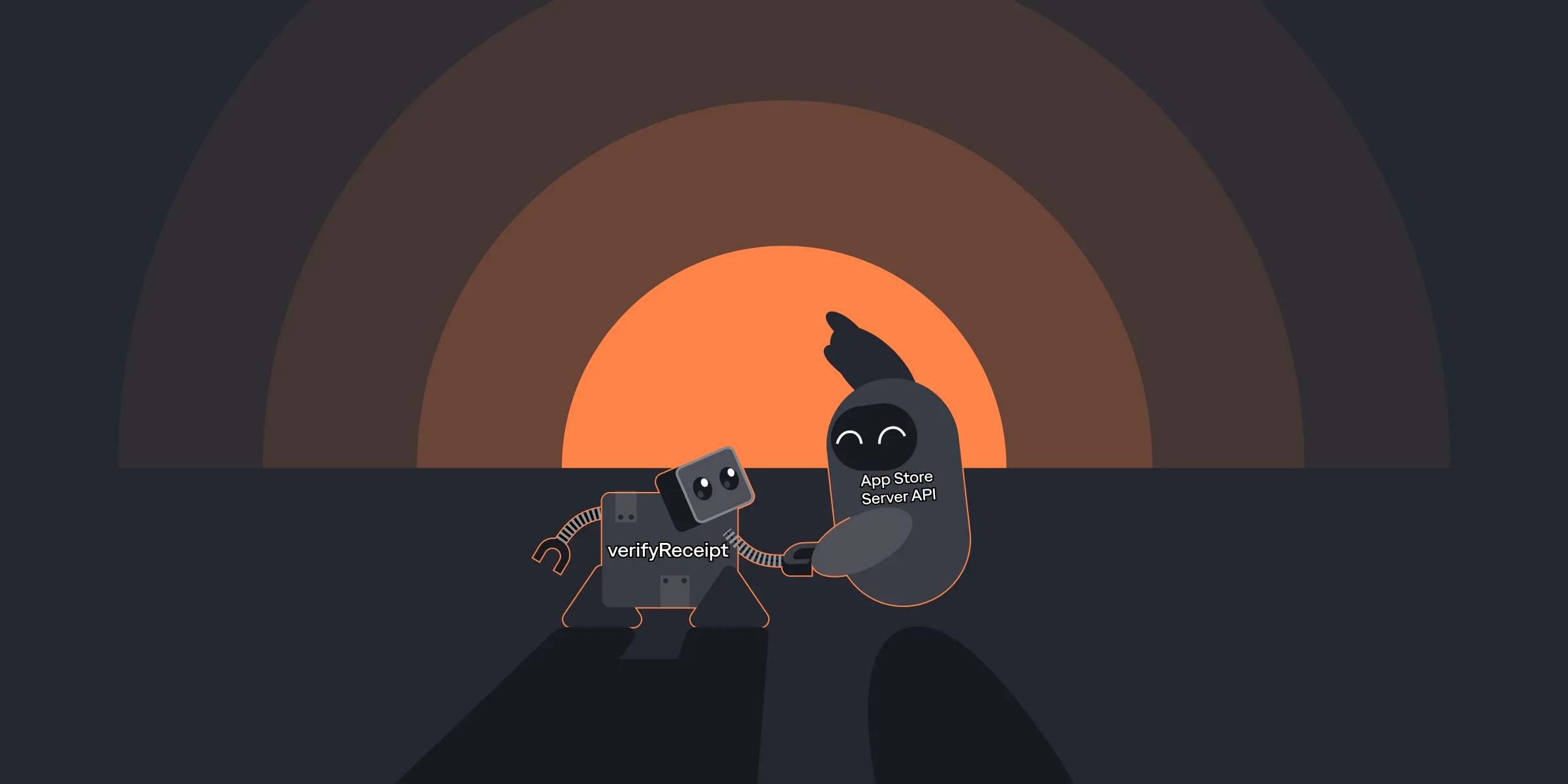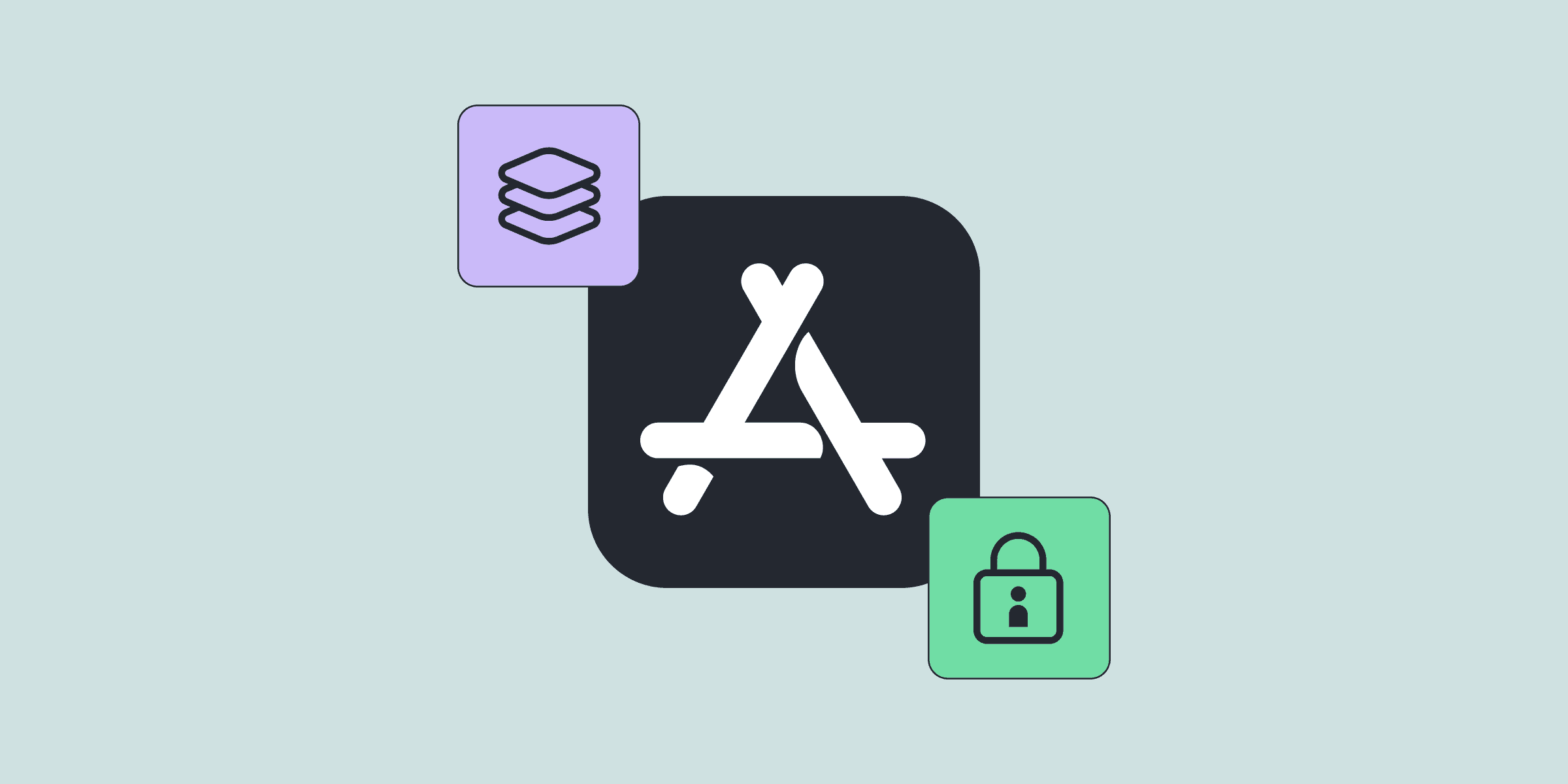A look behind Qonversion’s most reliable in-app subscription management service and SDKs for mobile apps
A look behind Qonversion’s most reliable in-app subscription management service and SDKs for mobile apps

Kamo

Kamo
May 3, 2023
May 3, 2023
Subscription management is a mission-critical component of subscription-based app businesses. The cost of outages can be high. Poor end-user experience and the loss of end-user trust, though, can be even more costly.
This is why the reliability of an app’s subscription management infrastructure should be a priority when choosing a service to manage in-app subscriptions for any mobile app. In this post, we will delve into the methods that helped us achieve and guarantee a remarkable uptime of 99.99% for Qonversion’s subscription management service.
Subscription management is a mission-critical component of subscription-based app businesses. The cost of outages can be high. Poor end-user experience and the loss of end-user trust, though, can be even more costly.
This is why the reliability of an app’s subscription management infrastructure should be a priority when choosing a service to manage in-app subscriptions for any mobile app. In this post, we will delve into the methods that helped us achieve and guarantee a remarkable uptime of 99.99% for Qonversion’s subscription management service.














